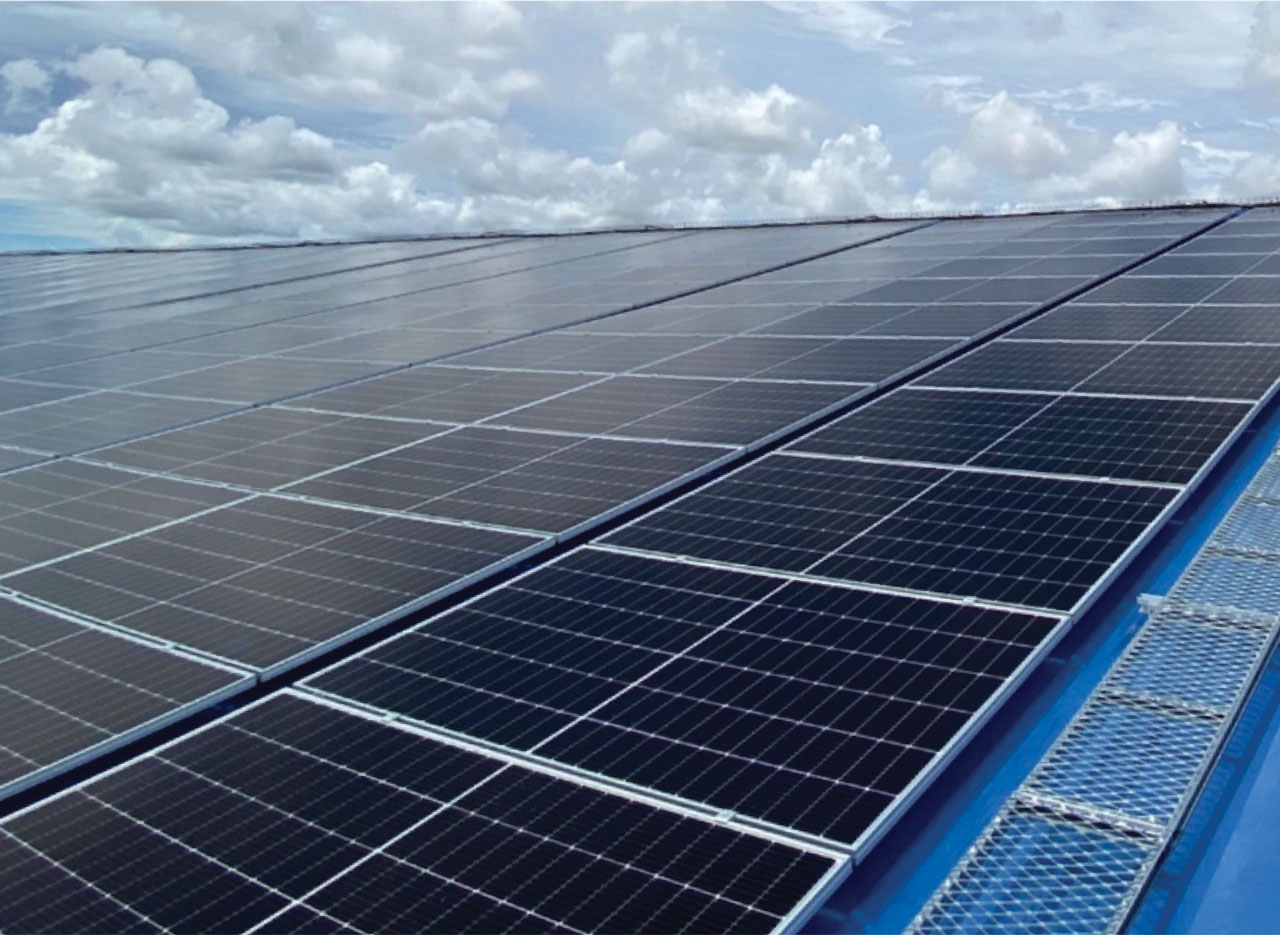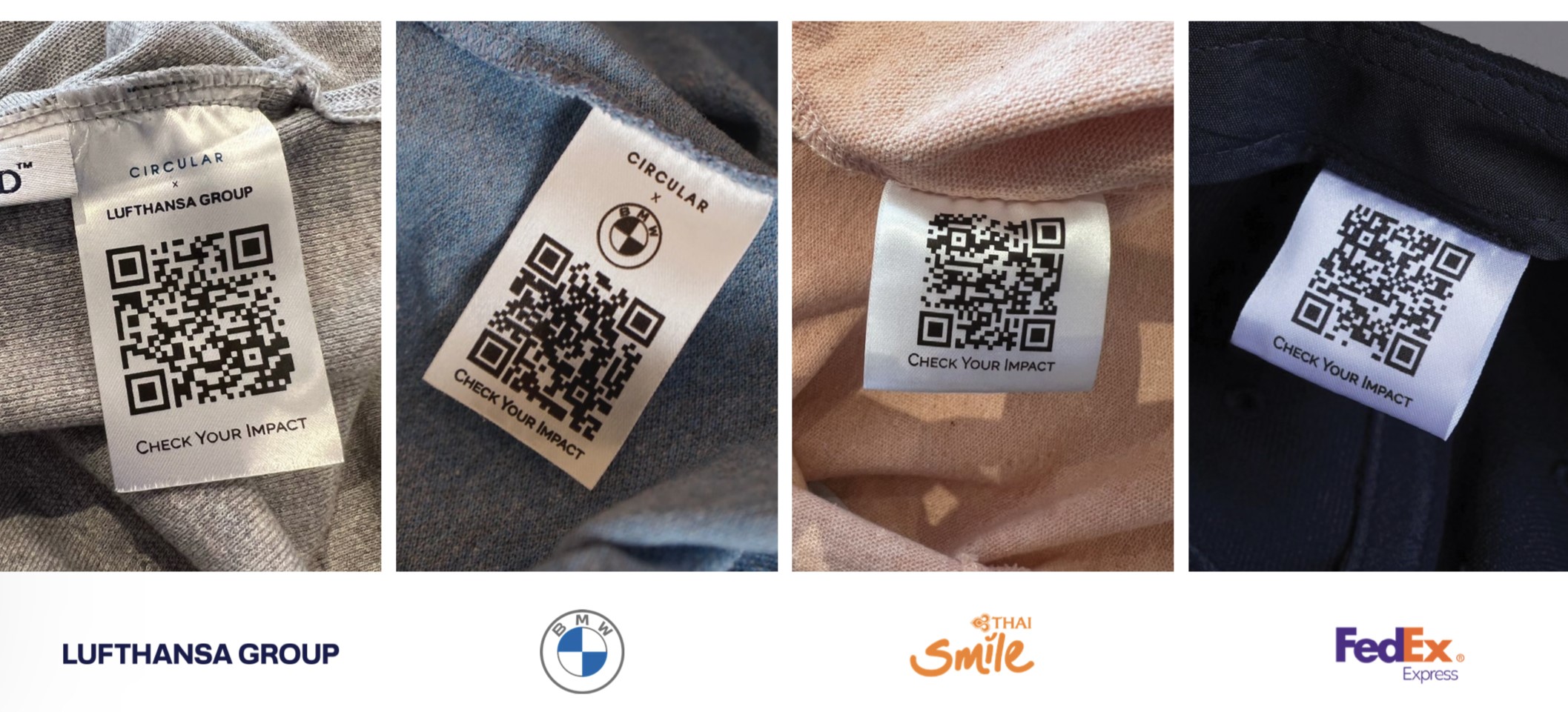{{ cart.length }} item | {{ total }} Baht
You're away from free shipping*
Free shipping on all orders.
(*Limited time only.)
Items will remain in your cart for 1 hour but they are not reserved.
Every year, we add 51 billion tons of greenhouse gases to the atmosphere which is one of the causes of global warming. Fashion industry is considered to be part of the problem, emitting 10% of the overall CO2 emission from growing cotton, weaving, dyeing, cutting, and sewing, until reaching customers. More than 92 million tons of textile waste end up in landfills or incinerate which directly impact the environment.
The fashion industry creates a tremendous amount of textile waste, in which it requires numerous amounts of natural resources, one of which is water. More than 79 billion cubic meters of water is used to grow cotton and dye textiles. This amount is equal to 32 million Olympic standard sized swimming pools.
Moreover, 15% of the world's water contamination is caused by the dyeing process of unstandardized factories. Unstandardized cotton growing is also one of the causes of water contamination from the excessive amount used of pesticides. These hazardous chemicals seep into water sources both on and under ground.
Enormous amounts of water is used by the fashion industry each year. It is predicted that multiple regions will suffer from lack of clean water by the year 2050 if this trend continues. The main cause of water shortage comes from the rise of population number and a rapid increase of water used by the growing industries. For the fashion industry, over 10,000 liters of water is needed to produce just 1 kilogram of cotton. In comparison, to produce one traditionally made cotton t-shirt, the whole process uses up to 2,700 liters from cotton growing and fabric dyeing.


According to the 2017 Pulse of the Fashion Industry Report, GHG emissions created by the fashion industry is equivalent to 372 million cars driving for one year. Production of 1 kilogram textile emits 20 kilograms of CO2 equivalent. This results in a total of 1.2 billion tonnes of GHG emissions in 2015, more than both the aviation and shipping industry combined.
The production of textiles creates a high amount of contaminated water into the environment, accounting for 20% of the total water pollution release from unstandardized factories. Main source of the hazardous chemicals came from the dyeing of textiles. Another source of water contamination is fertilizers and pesticides used to grow new cotton. To put into perspective, to produce 1 kilogram of garment, 3 kilograms of chemicals is needed.


92 million tons is the number of textile waste that end up in landfills or get incinerated, only 15% of which get recycled.
Some types of fiber need up to 100 years to decompose in landfills. Recycling textile scraps and old clothes to produce new products will help avert waste going to landfills as well as reduce the amount of natural resources needed and overall help reduce our impact to the environment.
Coal is one of the main types of energy source causing GHG emissions. However coal still is an essential part of clothing production in countries such as China, Bangladesh, and India. 72% of the clothes we own consist of synthetic fibers such as polyester, acrylic, and nylon. To produce these synthetic fibers, fossil fuel is needed more intensively compared to natural fibers. Polyester production for textiles alone was responsible for over 700 million tonnes of CO2 equivalent.

All CIRCULAR products are made from 100% recycled with no dyeing
CIRCULAR chooses textile waste from the fashion industry such as threads from weaving factories, textile scraps from cutting and sewing, as well as old clothes to create new products. CIRCULAR categorized the waste into different shades of colors before transforming it into new clothes, making our products entirely made from recycled textiles with no dyeing and no virgin fiber.
By using 100% recycled textiles, CIRCULAR helps reduce the use of natural resources such as water and helps limit CO2 emissions from growing cotton and fabric dyeing. CIRCULAR also includes the use of renewable energy from solar rooftop which helps limit our carbon footprints.
Fabrics from recycled textiles give a unique texture and unevenness of the color can be seen throughout every piece. The color of the fabric is determined by the source of recycled material, in this case, textile waste and old clothes. This makes each piece of our product tell different stories.
The name of each color is carefully selected by CIRCULAR to represent the atmosphere and natural phenomenon. To remind us of the beauty of our nature and the importance of the environment to humans.
CIRCULAR T-Shirt Club ensures that everyone can be part of the change. Unused T-shirts can be dropped off or sent back to us for recycling back to the process. For every t-shirt, members of the club will receive a 100 THB discount to use in-store or on our website. We believe that everyone can help make a better impact on the environment. Click here to learn more about CIRCULAR T-Shirt club.
Join us and be part of the movement to help reduce negative environmental impact on the planet, for the next generation.
A New Textiles Economy: Redesigning fashion’s future
A-New-Textiles-Economy_Full-Report_Updated_1-12-17.pdf
Fashion on Climate
http://www2.globalfashionagenda.com/initiatives/fashion-on-climate/#/
